Why go to Norway? These fjords are just three hours away
Scandinavia may be known around the world for its famous fjords but you don’t need to fly long haul to see just as beautiful a landscape — even if it is spelt slightly differently.
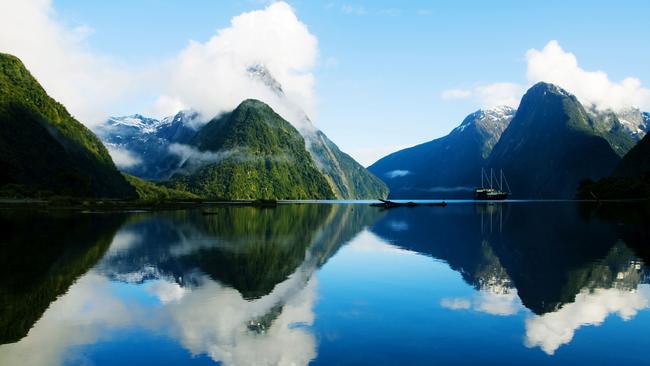
Fiordland inflates like a mighty lung on the wild southwest verge of New Zealand. The fjords are sapphire bronchi coursing through a lobe of jade; the cobalt lakes are misshapen arteries; the inlets are sacs swelling with unsullied oxygen. Sawtooth and largely uninhabited, this national park with its deep valleys appears to have been excised from elsewhere and transplanted onto the South Island. The suture is obvious; flying east, the jumbled massifs give way to a sudden uniformity of manicured downs, gentler mounts and the murmur of habitation.
My journey takes me in the opposite direction, from the township of Manapouri along the rain-scoured sprawl of its namesake lake. The weather doesn’t matter; every storm cloud here has a diamond-edged lining.
“If the rain keeps up this week, you’ll be swamped by waterfalls,” says the driver awaiting our group at West Gut, the ferry disembarkation point and location of Manapouri Power Station. Before the hydro-electric project was initiated in the early ’60s, these mountains were empty of all but a few tramping trails; now a ferry-accessible road cuts over the ridge from West Gut to the innermost point of Doubtful Sound. It terminates near Deep Cove, where the triple-decker, 18-passenger catamaran Fiordland Jewel awaits.
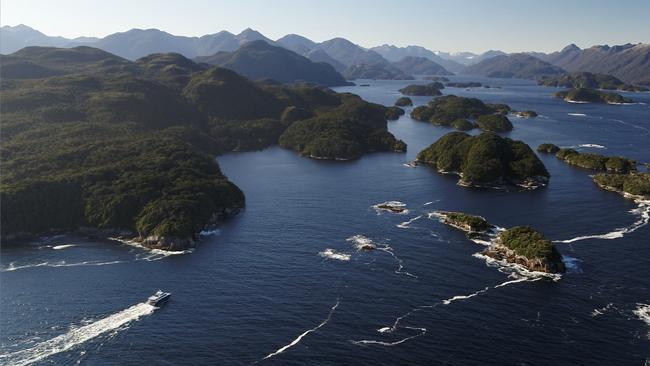
“Don’t worry about a wee bit of drizzle,” Blake Cameron, the captain, says. “Let’s just get out there.”
Out there lies a glacier-forged wilderness, part of the Te Wahipounamu UNESCO World Heritage Site. In Maori tradition, this grandiose landscape was whittled from raw rock by demigod Tuterakiwhanoa. When Captain Cook arrived in 1773, he found forests bristling with birds – kokako, takah, and the world’s only alpine parrot, the kea. Marine life burgeoned in the fathoms, gold and coal seamed the bedrock. Soon whalers, sealers and prospectors arrived. Rats and stoats, partial to the eggs of ground-nesting birds, also found their way here. Today these pests are being slowly eradicated.
The rain abates as we drift off into Malaspina Reach; mist slumps into saddles and clefts. Cook named this fjord Doubtful Harbour when he first sailed past, not realising it twisted inland for 40km. The terminology has long been confusing as, unlike sounds, fjords aren’t river valleys but glacial valleys; both are backfilled by the sea. Rising sheer beside the fjords are forests bedded in decaying leaf litter. Occasionally, the mountains shake loose these burdensome cloaks; trees topple in an avalanche of leaves and limbs. The welts left behind soon glow gold and green with renewed growth.

“Grasses, flaxes and seeds arrive, and a beech will take root,” Cameron says. “And [eventually] you won’t see that scar anymore.”
Those prophesied waterfalls course down the mountains, too; so deep-sided are some of the fjords we can cruise beneath, catching the icy rush in outstretched hands, scooping the overspill in a cup. At Precipice Cove we anchor for the night, and are chagrined to see another moored boat, its lights pooling on the inky water. Like those mountains sloughing off trees, our convivial gang (including four on-board staff) had hoped to lose ourselves in this exclusive emptiness.
The boat is gone next morning; we will see it again only briefly, and from a distance. Mist hangs like a phantom over Gaer Arm, a shallow marine reserve protruding from Bradshaw Sound. Some of our party chug along it in the tender boat; others drift over drowned foliage and duck beneath bowed tree limbs in kayaks. It’s like the Amazon jungle, Cameron says, without the creepy-crawlies (though sandflies must be deflected with insect repellent). Back in the fjord, submerged trees are obscured by tannins that have washed down from the mountains and stained the water’s surface.
“We often say we’re diving among these trees,” Ben Thomson, a scuba diver and Fiordland Jewel guide and deckhand, says. “It’s murky for four or five metres, then it just opens up. You can see the crayfish for ages away, nests of them.” The fjords are also watery bridges for those destructive rats and stoats. But passing Secretary Island we hear birdsong; an eradication program here is bearing fruit. “Trapping is no mean feat when you have multiple peaks over 900m,” Cameron says. “It’s not just a little flat island; it’s a massive undertaking to create trap-lines and tracks. Stoats and rats can swim up to 1.5km on a flat day, so they can keep getting encroached on, keep getting invaded.”
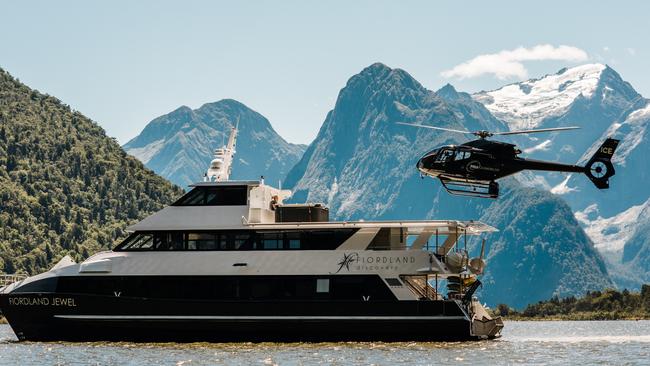
My own battle looms in the form of seasickness as we exit Doubtful Sound and sail headlong into the boisterous Tasman Sea. My mood is soothed only by the lob-tailing humpback whale and the shepherding albatrosses. Interminable coastline finally veers into the tranquil embrace of Breaksea Sound. Anchored in Wet Jacket Arm, our lurching stomachs are quelled by chef Chris Loft’s feast, which includes tataki of wapiti (elk) originally gifted to the South Island by President Theodore Roosevelt in the early 20th century. They’re still hunted here today.
The old hunters’ track leading to Moose Lake is waterlogged next morning, but we’re shielded from the drizzle by the forest canopy as we make our way inland. In a gloomy clearing we find our trophy in the form of a beech tree estimated to be about 1000 years old. Its branches swell with waddings of moss; punga ferns and sprightlier trees form a guard of honour.
“I think nature humbles you sometimes, hey?” Fiordland Discovery’s Lance Bensemen says, giving voice to our speechless wonder.
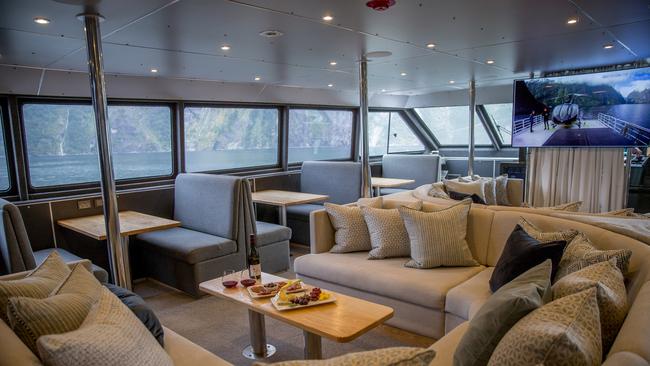
Rain turns to snow overnight. At dawn I peer from my cocoon-like cabin to find the mountains powdered white and we sail into Dusky Sound amid a shimmering drift of sleet. Perhaps conditions were more clement when Cook anchored his ship, the Resolution, in Pickersgill Harbour for a month in 1773.
“As the tide came up and down, they cleaned the barnacles off the boat, tipped it one way, tipped it the other, gave it a bit of a clean,” Cameron tells us.
We’re about to undergo a cleansing ritual of sorts ourselves as a marine biosecurity patrol vessel is approaching out of the blue. Wetsuit-clad officials sink beneath the hull and check for undesirable organisms. Fiordland Jewel passes inspection. In a sign of approval, perhaps, the bottlenose dolphins we’d spotted earlier do a jig in the bay. Later, seals roll companionably beneath our kayaks as we paddle around Luncheon Cove; a proud mother shows off her pups. The sleet has evaporated, and sunlight tinkles across the limpid bay, the tousled canopies of rata and rimu, the Fiordland daisies frothing above a collar of lichen. It takes dedication to preserve such an enchanted habitat.
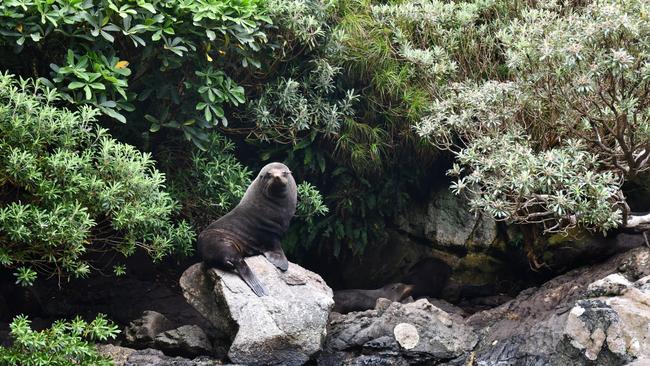
Resolve is required, too, on the final and most choppy leg of the voyage. But the catamaran triumphs as we round New Zealand’s windblown southwest corner and glide into Preservation Inlet. Here is a place so remote it stirs castaway ambitions.
Such dreams are reality for David Smart who, with partner in tow, has commenced a three-month stint as caretaker of Kisbee Lodge, a private property excised decades ago from the national park. He shows us the river-fed hydro-electric system, the seaweed-fertilised veggie patch, the trails upon which flotsam from colonial times, such as timeworn bottles and shattered crockery, has been fashioned into cairns.
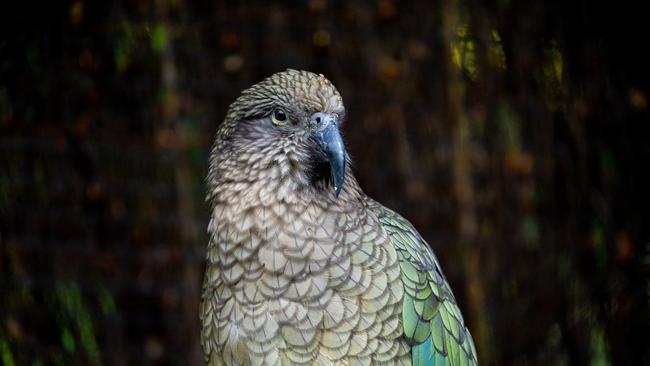
“You get keas flying over every day, and the kakas,” he says. “We’ve had three stags coming up to the window every night. It’s breathtaking.” Indeed, this is paradise reclaimed. In previous centuries the bays were drenched in whale blood, the bush flattened to make way for a coal mining tramway. “[Mining] was a massive undertaking through a really hard environment,” Cameron says. “They did about a decade … it all fell over and they left. From the most populous place in New Zealand to the most uninhabited, really.”
Puysegur Point Lighthouse endured for longer. A path leads to it from Otago’s Retreat; past sandstone bluffs we go, through tunnels of manuka trees and waves of tussock grass before emerging onto the headland where the lighthouse, decommissioned in 1980, stands. In front lies the Tasman Sea; behind is the inlet, which we will sail down tonight. Tomorrow, we will be helicoptered out to Te Anau. Fiordland will expand beneath us, glowing as lucent and unfaltering as an oxygenated lung.
In the know
Fiordland Discovery’s Fiordland Jewel cruises depart alternately from Doubtful Sound and Preservation Inlet; from
$NZ4750 ($4407) per person twin-share, including meals, activities, helicopter and boat transfers. Beverages can be purchased from the licensed bar.
Catherine Marshall was a guest of Tourism New Zealand.
If you love to travel, sign up to our free weekly Travel + Luxury newsletter here.
For more cruise stories, click here.

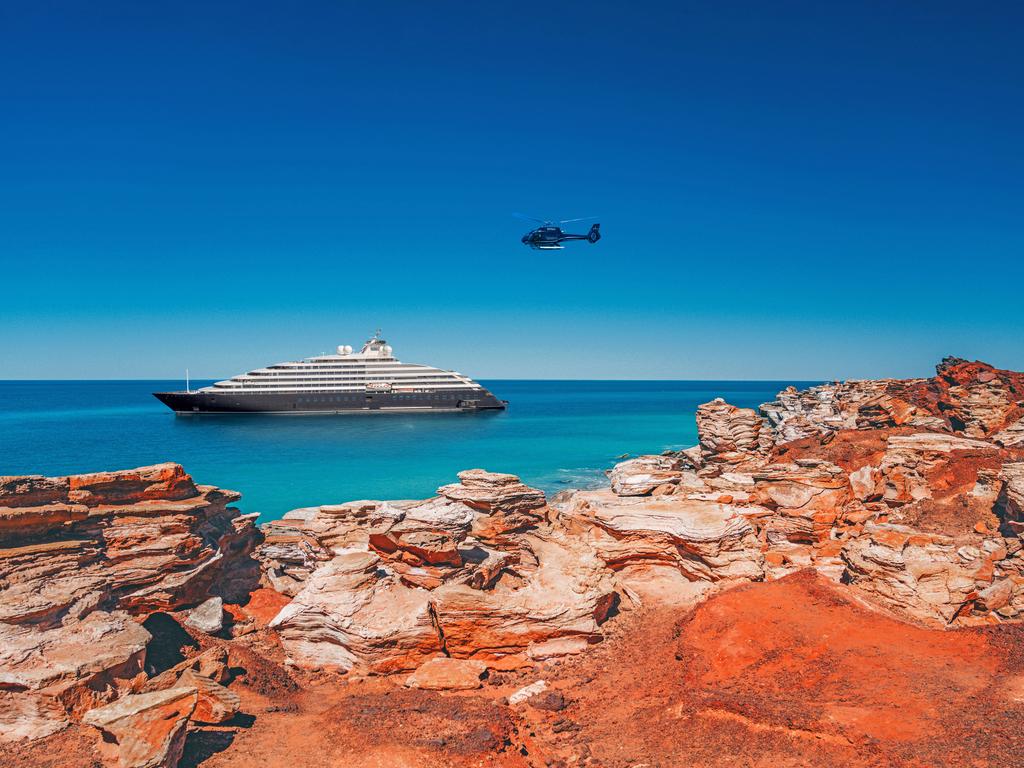

To join the conversation, please log in. Don't have an account? Register
Join the conversation, you are commenting as Logout